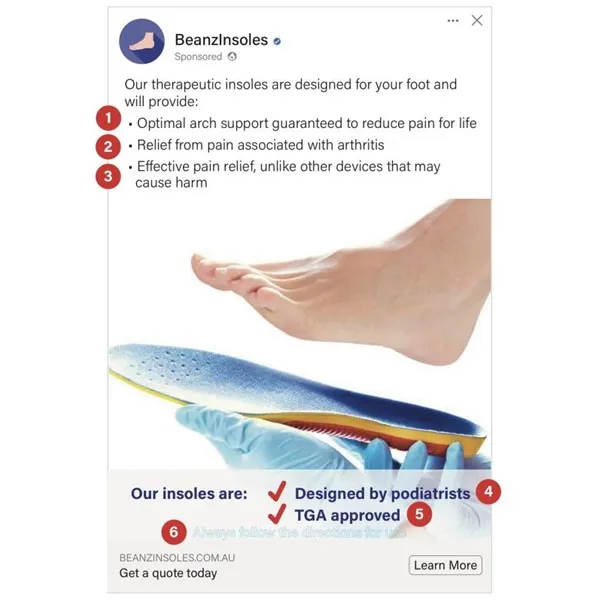We will have limited operations from 15:00 Wednesday 24 December 2025 (AEDT) until Friday 2 January 2026. Find out how to contact us during the holiday period.
Therapeutic goods advertising requirements apply to medical devices, equipment, and products.
Advertisements promote a therapeutic good through a statement, image, or design.



